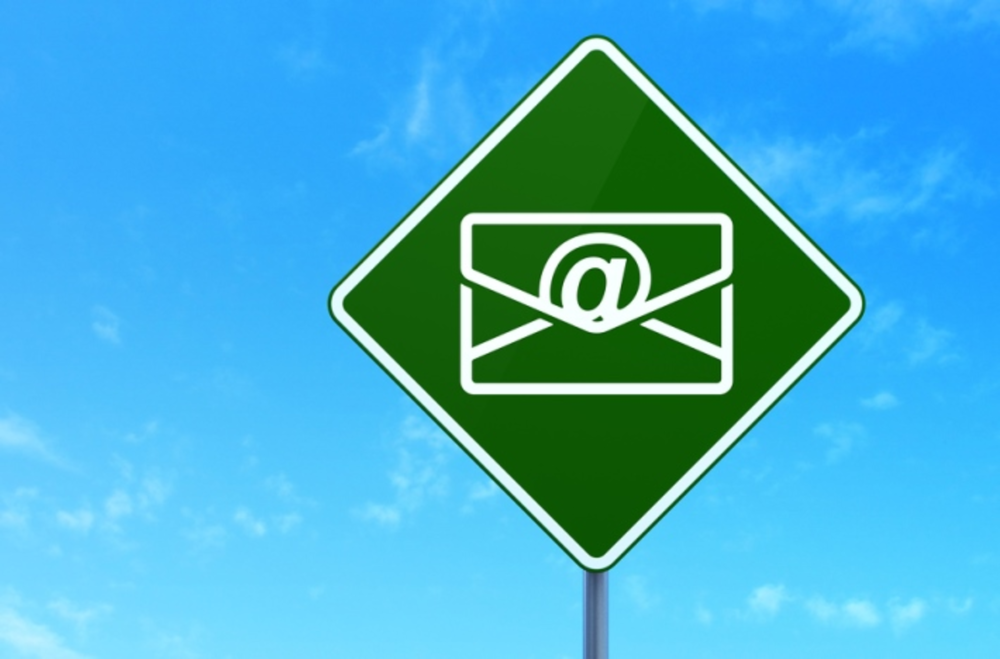Email marketing is so alluring to marketers because it covers their bases so cheaply. In 2014, according to Winterberry Group, companies spent $45 billion on direct mail campaigns but only $2 billion on email campaigns. Yet asked what they envision for the “workhorse” channel in 2016, email experts see more companies investing in data analytics and personalization strategies to eke out more efficiencies from their ROI champion.
“Our clients are starved for the kind of data models that direct mailers have used for years, but until recently the analytics were not there,” says Mike Fisher, president of Yes Lifecycle Marketing.
Indeed, 2015 may stand out as the year in which batcher-and-blaster emailers began embracing segmentation strategies. While the number of emails sent this year were much the same as in 2014, the number of discrete promotional campaigns increased by 45% according to eDataSource, which tracks millions of brand emails each day.
“We’re starting to see the age of enlightenment in email,” says eDataSource CEO G.B. Heidarsson (left). “Brands are learning more about customers on social media and are connecting that data to the email stream,” he says. “Email may have stopped being the most talked-about medium, but it’s never gone away as the top revenue-producing medium.”
Email consultant Quinn Jalli notes three trends that gained steam in 2015: personalization being elevated to a product level, better timing and cadence of emails, and using intelligence from other channels, such as social media, to determine what ends up in the inbox. “Social media in and of itself does not give us access to consumers,” he says. “If we have 20 million users on our email list, we maybe have two million of them who are vocal on social media and, for them, social media presents a great opportunity for better personalization.”
Though personalization at a high level may only be possible with a fifth of an email list, the payoff is worth the investment in more responsive content and cadence. An Epsilon Q3 email trends report released this week showed open rates for triggered email at 52% and click rates of 11.4%, as compared with respective results of 31% and 3.5% for emails overall.
“What we’ve been pushing for the last three years is now taking hold. Analytics is no longer an afterthought in the email landscape,” Yes Lifecycle Marketing’s Fisher says. “Brands are starting to realize that when you personalize to a higher level, lift is in the area of 150 to 200 percent. Retailers such as Land’s End, eBay, and Party City that use triggered email strategies and coordinate across channels are leading the way. A lot of big-name retailers haven’t gotten the message yet.”
Epsilon is one company aiming to help retailers get that message. It helps retail clients score customers for trends and products based on their social activity and uses the data to create tailored content for triggered emails. “We base content on device utilization, social data, social integrations, and third party data,” says Pam McAtee, the company’s SVP of digital solutions. “Email is the glue that binds everything together.”
More often than not, consumers are opening those emails on smartphones, devices that have raised expectations and timing to unheard-of levels. “Hyper-relevancy is the byword for content. You have to be in the moment with people on smartphones and you have to give them something they can use in real time,” says Catherine Magoffin, director of strategic services at StrongView (left).
According to the experts, however, it’s surprising how many established brands and retailers haven’t yet “mobilized” their websites. “I don’t see a tremendous increase in mobile-ready sites. A third to a half of the brands we track have not made the effort. Even in the travel segment, there are less than you’d expect,” says Jon Landsman, director of strategy and analytics at eDataSource.
Jalli, for one, thinks there’s time for assimilation to the mobile channel, which eMarketer predicts will account for 25% of Internet retail sales by the end of next year. “I don’t think anybody accelerated email programs because of the wide adoption of smartphones,” he says. “For the moment, we need to keep things simple, introduce the basics of data analytics and prove it works. In 2017 we can talk about multiple inputs.”
It’s a conversation that’s likely to go on for some time. “People are moving faster than companies can keep up,” Fisher says. So, it’s a conversation likely to be taken up by more and more marketers in 2016.








